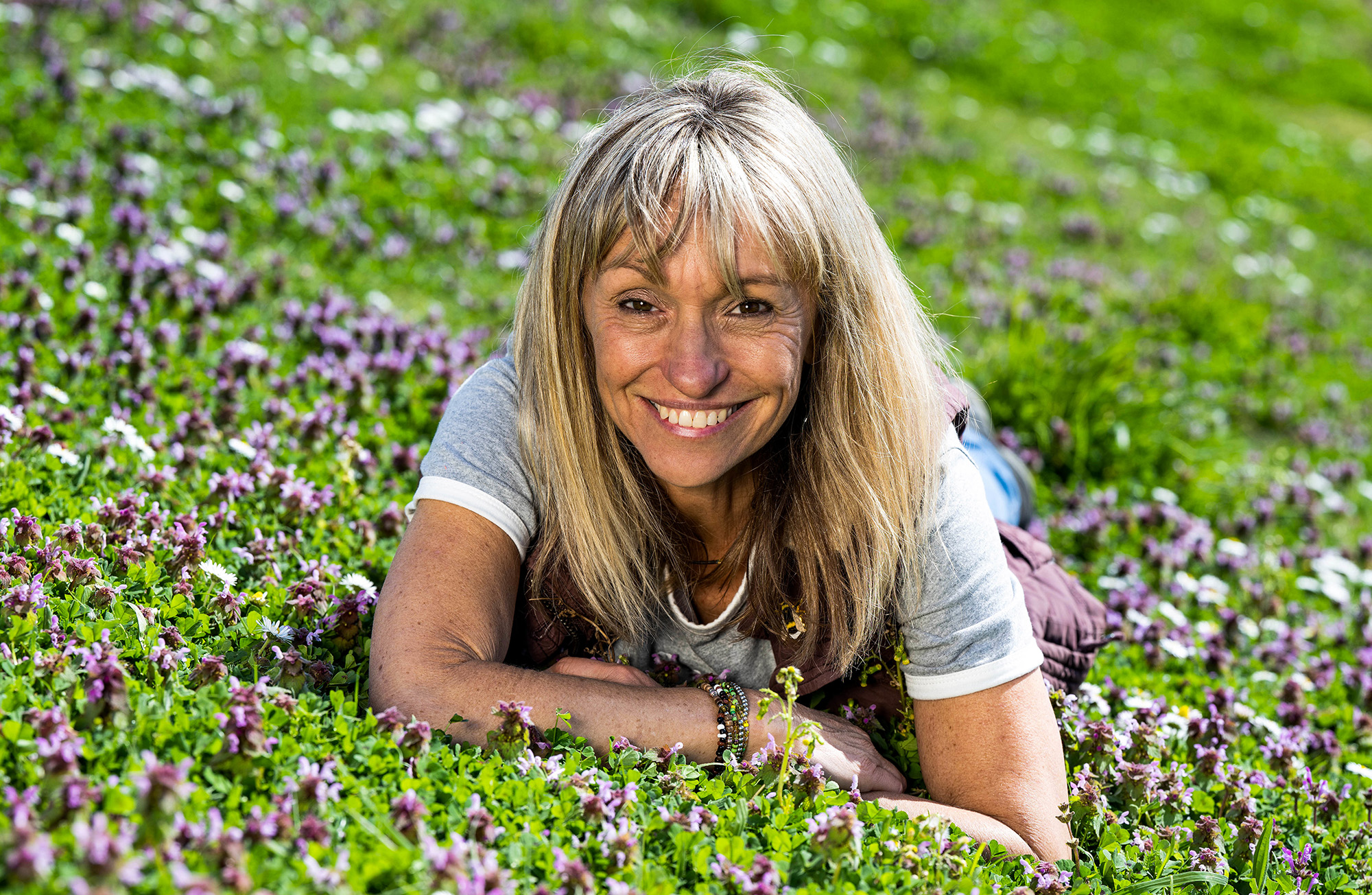Children love motor shows. I certainly did – trips to Earls Court and the NEC in Birmingham form part of my earliest memories with cars.
I even danced with Michaela Strachan at the launch of the new Ford Focus in 1998. I doubt Michaela cherishes this moment as much as I do, though.
But when you have to attend motor shows for a job, the magic quickly evaporates.
As a journalist, you’re often shuffled into a hot prefab room made from plywood at the back of a car manufacturer’s glitzy stand to interview their boss.
Invariably, they were in a bad mood, or didn’t like British journalists, or some other reason I’d invent to justify why I hadn’t left the interview with a scoop to make the cover of that week’s Auto Express magazine.
And if you’re presenting some videos there, prepare for people to walk through your shot. Constantly.
The world has coped quite happily with not having motor shows in Europe for the past few years.
Covid put a stop to that for a while and, let’s face it, trekking to another country to see a handful of new cars being revealed under silk sheets and tons of dry ice is just a little dated.

Michaela Strachan was a delighted Batch’s dance partner when Ford launched its new Focus in 1998
But this year Munich decided to put on a motor show – sorry, a ‘mobility’ show. I was intrigued so went along, and within 10 minutes of setting foot in Hall 1 I was regretting it.
There was the same stifling heat and the same bosses irritated that you’re asking questions about future products, but there was definitely a different atmosphere.
Only a handful of carmakers turned up to show off their new electric cars. The rest of the show featured suppliers, electric car battery makers and charging point providers.
It was a potent sign that many cars these days are just computers with batteries, and it was bleak.
Behind the smaller-than-usual manufacturer stands it was even more bleak, though.
Bosses were feeling the heat over the invasion by the Chinese whose cars, with varying levels of confusing and meaningless names, were dotted around everywhere.
Volkswagen used to be the master of motor shows. Go to any big European motor show – Geneva or Frankfurt, say – and the VW stand would be the size of Belgium.
Its stands had a confidence to match the firm’s swagger that it was bossing the car business.
In Munich, there was a modestly sized ‘Volkswagen Group’ stand encompassing all of its volume brands, but not Seat.
Star of the show for VW was its ID GTI Concept – essentially the next Golf GTI. BMW was showing off a concept saloon with a nod to its Sixties era, while over at Mercedes there was a retro-inspired supercar concept.
The big European brands are past worrying about the Chinese; they’re positively panicking.

European Commission president Ursula von der Leyen has launched a probe into the subsidies that China gives its EV makers
These three concept cars alone showed that they’re resorting to the only thing they can – and that’s heritage.
The Chinese, with their massive advantages in technology and speed of deploying new products, haven’t just arrived but they’ve seen, conquered and pillaged European customers.
As I’m writing this, the European Commission’s president, Ursula von der Leyen, has announced an investigation into China’s state subsidies for its EVs.
Europe is fretting that the Chinese can launch new cars very quickly and undercut prices of European EVs. The big Euro brands know they can’t compete.
But I think this probe is too late.
China began leapfrogging the rest of the world with the development of batteries and EVs ages ago, and the previous arrival and success of the Japanese and South Koreans should have meant the Europeans were prepared, but they’re not.
The days of the big motor shows, home to confident Euro car brands, could be gone forever.
Pictured at top is the Atto 3 from Chinese manufacturer BYD
This column appears in the latest edition of Car Dealer – issue 187 – along with news, reviews, features and much more! Read and download it for FREE here!


































